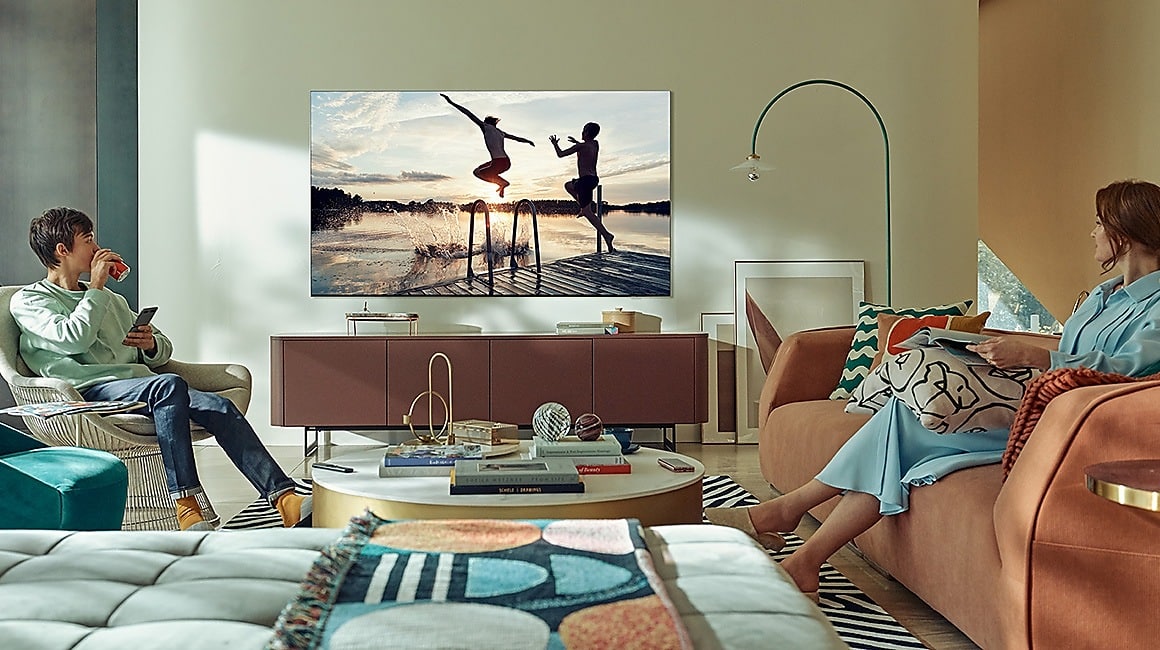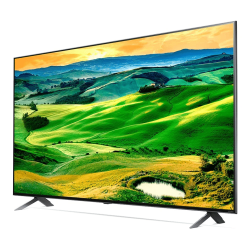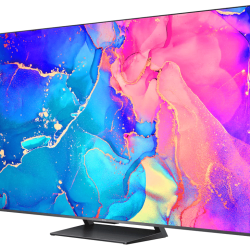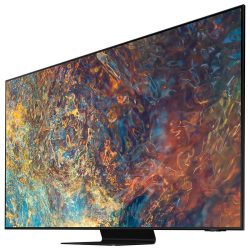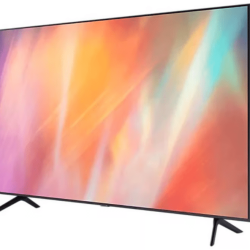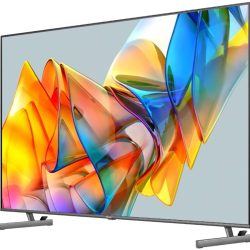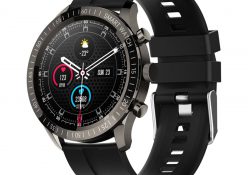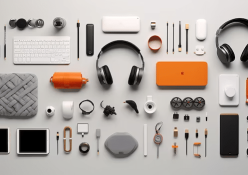TECH BUYER’S GUIDE, December 2023 – Best tv’s tested and compared on sound, price and build quality by the experts at Tech Magazine
PHONES | HEADPHONES | LAPTOPS | TABLETS | HEALTH TRACKERS | WIRELESS SPEAKERS | GAMING | TVS | ACCESSORIES | STREAMING | MOUSES | GAMING MOUSES
1. LG QNED 806
Our reigning champion for over a year, LGs micro dimming, miniLED TV offers unbeatable image quality for the price. Colours are comparable with OLED, but at half the price. And there’s 120 Hz refresh for top-end gaming too. 55” UHD 4K,
R13 000
2.TCL C735
This is one of the stand-out models for 2023, in part because it offers LED micro-dimming and, for gamers, great features at a low price. We are also big fans of Google TV OS, where all streaming services are always supported. 65” UHD 4K,
R12 000
3. Samsung QN90B
Forget the feeds and feeds, this is the best TV image we have seen this year, with no corners cut on features or build quality. Only the price keeps it from ranking higher. We especially like the compact remote with solar recharging. 50” UHD 4K,
R22 000
4. Samsung AU7000
Our first choice for a smaller, secondary TV this older model offers a superb picture with LED edge lighting. The full house of features includes the powerful Crystal image processor, Bluetooth audio and digital tuner for the new free-to-air channels in South Africa. 43” UHD 4K,
R5 500
5. Hisense U6K
One of Hisense best value TVs this model includes miniLEDs, zone dimming and a quantum dot layer for optimal colour balance. The Vidaa OS has limitations (no Disney+ app, for example) but nothing that would trouble the casual viewer. 55” UHD 4K,
R13 999
BUYING GUIDE
How to buy a new TV
When TV shopping on a modest budget, it’s always better to buy a smaller TV with better image quality and features than to focus on size alone. Besides being difficult to watch in smaller living rooms, buying a TV is a long-term decision, and enjoyable quality viewing over time should trump the short-term thrill of having the biggest TV on the street.
4K vs UHD vs FHD: Ultra High Definition, also known as 4K, is twice as detailed as full HD and is now the standard resolution for all new TVs. 8K TVs are increasingly available, but they are very expensive and the screen image may be more detailed than the human eye can see.
HDR vs QLED vs Quantum dot: Using thousands of tiny mini-LEDs for backlighting allows the modern TV to dim and brighten screen areas strategically depending on the video stream. Passing this backlight through a molecular layer called Quantum Dots produces a QLED screen image with more than a billion different colours. These technologies work together to create a far more sophisticated picture with high dynamic range HDR, Dolby Vision and other systems.
OPERATING SYSTEM: Many TV makers still create their own operating systems, but many more now use the Google TV OS, which itself replaces Android TV OS. The biggest advantage of this is that the Play Store will always have all streaming apps available, including local services like DSTV and Showmax, for example. The same cannot be said for the operating systems with small market share.
VOICE CONTROLS: For several years TV makers have offered voice controls for managing your set, and for searching for video content and apps. However, there does not appear to be much uptake of people wanting to talk to their TVs, and so the novelty of voice control remains a hit-and-miss solution looking for a problem.
produces a superior image for shows and movies, but slows down image input. All the sets on test do offer the required HDMI 2.1 port, though.
DIGITAL TV: South Africa is among the last African countries to switch to digital TV. All the TVs on test here have a digital TV tuner built in, which will allow viewers to tune in to dozens of extra TV channels in HD at no extra cost. The broadcast standards are DBV-T, DBV-T2 and DVB-S2
PORTS: All TVs on test here have several HDMI and USB ports. However, these have become much less important because wireless network connections now deliver videos from both streaming services and from phones and PC hard drives on your home network. Video-game consoles are the exception. Unless you’re still using a DVD player, of course.
GAMING: Budget TV sets rarely offer the native high refresh rates above 100 Hz prized by the more serious gamers. Most sets can achieve this high refresh rate by bypassing the heavy processing that

